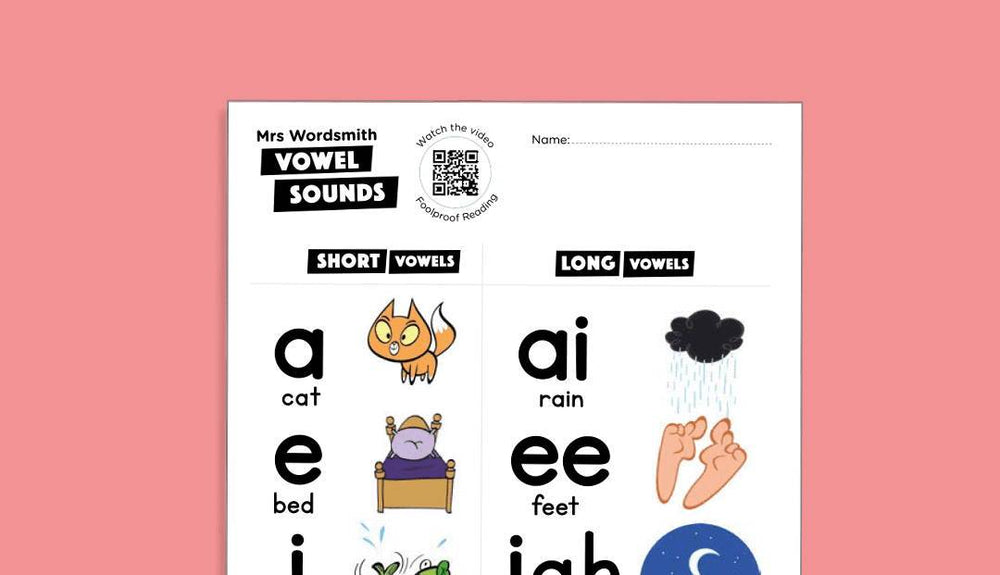Phonics in English is a coding system for language that goes beyond the 26 letters of the alphabet. It teaches children 44 phonemes (sounds such as the /f/ in funny) and more than 200 graphemes (letter combinations such as f, ff or ph). The 44 phonemes (sounds) and 200+ graphemes (letters or groups of letters) make up all the words in the English language.
In phonics instruction, children learn how letters correspond to sounds and sounds correspond. The more fluent children become at knowing letter-sound combinations, the better they are at reading, spelling, and writing.
In recent years, science-based approaches to reading instruction have been widely adopted in the United Kingdom, the United States, and Australia. In the last decade, the governments of all three countries have published major studies defining science-based reading instruction (National Reading Panel US, Letters and Sounds UK, National Inquiry in the Teaching of Literacy AU).[1], [2], [3] The reports conducted by independent panels of reading experts all reached a common conclusion – that early reading instruction must teach systematic synthetic phonics.
Teaching systematic synthetic phonics has a better impact on children’s reading ability than any other type of reading program. Systematic phonics has also been shown to improve spelling, particularly among Kindergarteners and First Graders.
All Mrs Wordsmith phonics programs are based on systematic synthetic phonics and are compliant with US Common Core State Standards, UK National Curriculum, and Australian ACARA.






















 https://mrswordsmith.com
https://mrswordsmith.com
Comment
Leave a comment